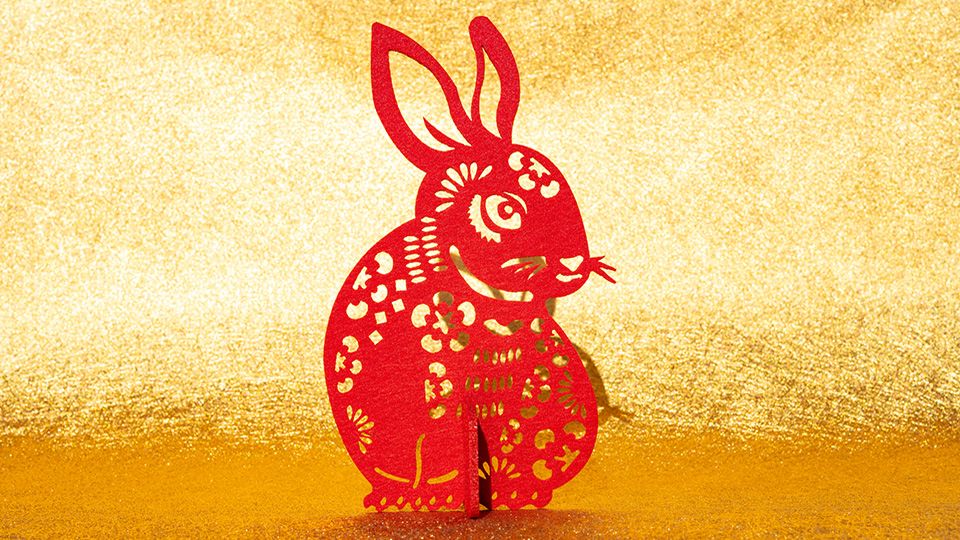The rabbit is a well-loved creature by many, often symbolising intuition and associated with springtime and new beginnings.
Since it’s the year of the rabbit, I wanted to share three practical tips we learn from rabbits to think about when it comes to sustainable investing, and why ESG is not just about intuition but the consideration of tangible risks and opportunities for your portfolios to blossom well beyond spring.
1. Just like having a rabbit’s vision, considering ESG helps you have a 360-degree perspective to capture opportunities
It is hard to ambush a rabbit as its vision covers nearly 360 degrees, which allows it to see what’s coming from behind, above, and from the sides without turning its head.
Considering sustainability trends such as the move to a net-zero world or opportunities presented by the Sustainable Development Goals helps investors capitalise on long-term structural trends for your portfolios.
For example, the Chinese government has launched the National Green Development Fund, a state-run private equity fund worth CNY 88.5bn, focusing on investing in green projects and firms. Analysis from the Principles for Responsible Investment on emerging market and China equity markets also suggests that portfolios with superior ESG characteristics are able to deliver alpha, with ESG factors alpha generation capability in China equities higher than that of overall emerging markets.
Green capex remains a multi-year secular theme, which will drive the next wave of infrastructure investments as the world decarbonises. Penetration rate for electric vehicles also continues to grow, with strong adoption in Mainland China and Europe, while US manufacturers stand to benefit from the Inflation Reduction Act.
2. ESG factors are like rabbit ears, they help your portfolios better manage risks
Rabbits can rotate their ears 270 degrees, allowing them to detect any threats that might be approaching from over 3km away in all directions. Since rabbits are prey animals, this plays a very important role in helping them stay alive and evade predators.
Similarly, industry research has shown that better management of ESG issues such as carbon emissions and corporate governance can result in lower costs of capital and a lower risk premium. Research has found that companies with more negative ESG incidents underperform the broader market by between 2.5% and 3.5% a year.
3. Just as there are many varieties of rabbits, there are many types of sustainable funds
Rabbits come in all shapes and sizes. The smallest rabbit is only 0.2m in length and 0.4kg in weight while the largest rabbit in the Guinness World Record stands at more than 1.3m and weighs around 22kg.
Similarly, there are different approaches to sustainable investing – among these, you may choose to exclude certain sectors from your investments or look at integrating ESG factors to better manage risk or capture opportunities with sustainable themes.
Given the many different approaches, it is important for investors to think about what their investment objectives and expectations are, and to ask for transparency behind what the solutions presented to them can fulfil.
Our annual investor study reveals that more than 90% of investors across Asia, Middle East and Africa want to allocate funds into sustainable investments and this could translate into $8.2trn of potential AUM in sustainable investments by 2030. There however remain barriers to be addressed to unlock the potential, one of them being concerns around greenwashing.
In the year of the rabbit, we continue to work towards addressing these barriers so that we can help investors with unlocking the benefits that sustainable investing can add to their portfolios.




